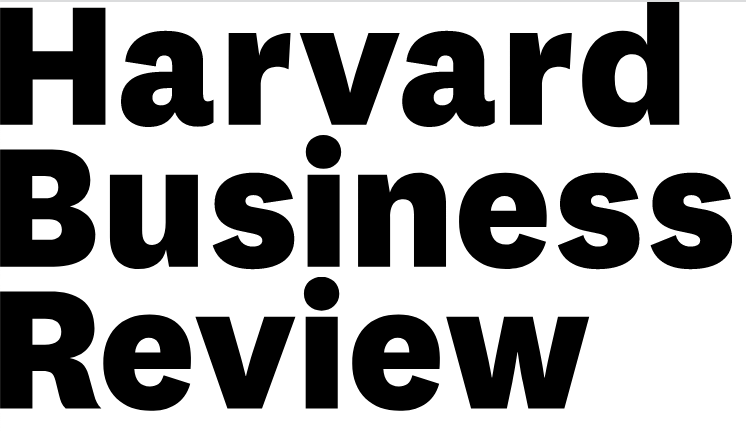While the statistics of guilty verdicts showed the impact of groupthink, the most relevant statistics in regards to smarter teams came out of a more thorough analysis of the deliberation content as shown in Table One. The more diverse groups took nearly 12 more minutes to discuss the case, meaning that there were more perspectives that challenged participants' previous views, leading to deeper conversations.
These thoughtful conversations resulted in 5 more facts being discussed but most notably roughly 3 fewer errors, 1.5 fewer mistakes found in the trial, all supporting the theory that teams that are less homogeneous are indeed more accurate and fact-based.
With the dramatic increase in telework and the number of location-independent professionals working from wherever they feel the most comfortable and productive, the increased risk for cyber-attacks are a concern for all organizations around the world at which smarter teams are required to combat these threats.
In a recent Forbes article, Frances Dewing, the CEO of Rubica, a cybersecurity company, looks at inclusion and diversity as a necessity for their success and has incorporated it into their strategic plan. In her article she provides a vivid example of why:
“Let me give an example: Our security operations center (SOC) is staffed with proactive threat hunters. They look for connections between data points that software alone cannot make. A SOC analyst with a broad understanding of geopolitics and global economic trends — plus their technical skillset — makes for a threat hunter who understands how current events affect the threat landscape. Having well-rounded staff from diverse backgrounds means our employees have broad global perspectives — and these perspectives show up in a stronger product.”
Organizations that are intentional in constructing more diverse teams including, but not limited to, race, gender, age, sexual orientation, disabilities, and socioeconomic backgrounds will benefit from individuals’ broader perspectives, resulting in smarter teams. Stay tuned for the next two articles to understand how #RunItByUsFirst can make a significant impact on your internal stakeholders by listening with empathy and then by taking action with employee resource groups.










